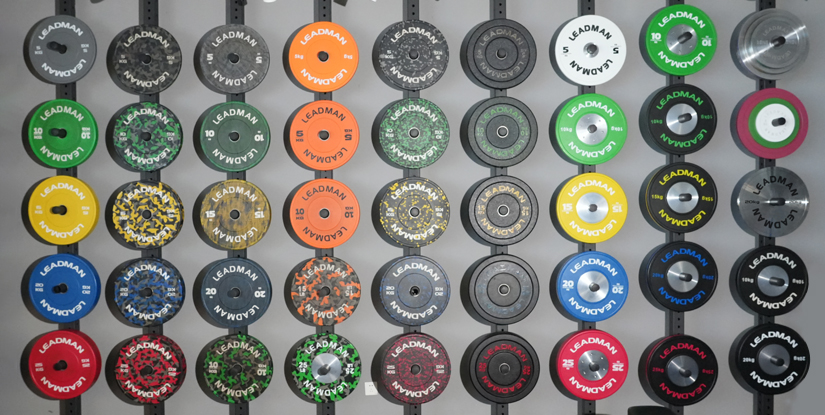How Does a Fitness Equipment Lease Work

Overview of fitness equipment lease structures
A fitness equipment lease is a contractual agreement that lets a business use commercial gym equipment over a fixed period in exchange for regular payments. Unlike purchasing, leasing preserves capital for core operations while enabling access to up-to-date machines. Leases are common in gyms, studios, corporate wellness programs, and rehabilitation centers where equipment needs evolve quickly or where budgeting prefers predictable monthly costs. Two primary lease models exist: closed-end leases, where the lessee returns the equipment at term end without additional obligations (subject to wear, tear, and usage limits); and open-end leases, where the lessee bears the risk and potential rewards of the equipment’s residual value at the end of the term. In practice, most small to mid-size facilities favor closed-end structures for budgeting certainty, while larger chains or facilities with specialty gear may explore open-end agreements to optimize tax treatment or upgrade cycles. Typical term lengths range from 24 to 60 months, with residual values and purchase options varying by vendor and equipment category. Maintenance can be included, partially funded by the monthly payment, or managed as a separate service add-on. Importantly, leases impact cash flow, tax treatment, and supplier relationships in distinctive ways that affect total cost of ownership (TCO).
For operators, the decision to lease rather than buy hinges on several concrete factors: cash flow preservation, access to newer equipment, predictable budgeting, risk transfer, and the ability to scale inventory with member demand. Leases may also incorporate upgrade rights, allowing a move to newer models mid-term, and end-of-lease options such as renewal, upgrade, or purchase. Understanding these options helps gym managers compare leasing to other financing routes (like loans or lines of credit) and to evaluate total costs over the equipment’s lifecycle. Industry data indicates that many successful facilities structure leases to align payment cadence with peak revenue periods, using seasonal variations to optimize staffing and maintenance scheduling. Finally, owners should be mindful of compliance, warranty coverage, and service levels—areas where strong partnerships can reduce downtime and protect member satisfaction.
What is a lease vs a loan or rental?
A lease is a long-term contract that grants the right to use equipment while the lessor retains ownership. Payments are spread over the term, and at term end, you typically have a few choices: return the equipment, renew the lease, or purchase it at a pre-agreed price. A loan or purchase, by contrast, transfers ownership to you immediately after payment completion, and the asset becomes part of your balance sheet. Leases often offer tax advantages as operating expenses (depending on jurisdiction and tax law), preserve credit lines for other needs, and shift some risk away from the user. Rentals tend to be shorter-term, more flexible, and often costlier on a per-month basis but without long-term commitment. When selecting among these paths, consider how long you expect to use the equipment, upgrade cycles, and the importance of owning the asset outright.
Who benefits from fitness equipment leases and why
Leases are particularly beneficial for startups, expanding studios, franchise networks, corporate wellness programs, and rehabilitation centers that must manage cash flow tightly while staying current with gear. Benefits include:
- Preserved working capital and predictable expenses
- Access to newer, more reliable equipment with scheduled upgrades
- Option to upgrade or renew without large upfront costs
- Potential tax treatment as operating expenses in many jurisdictions

